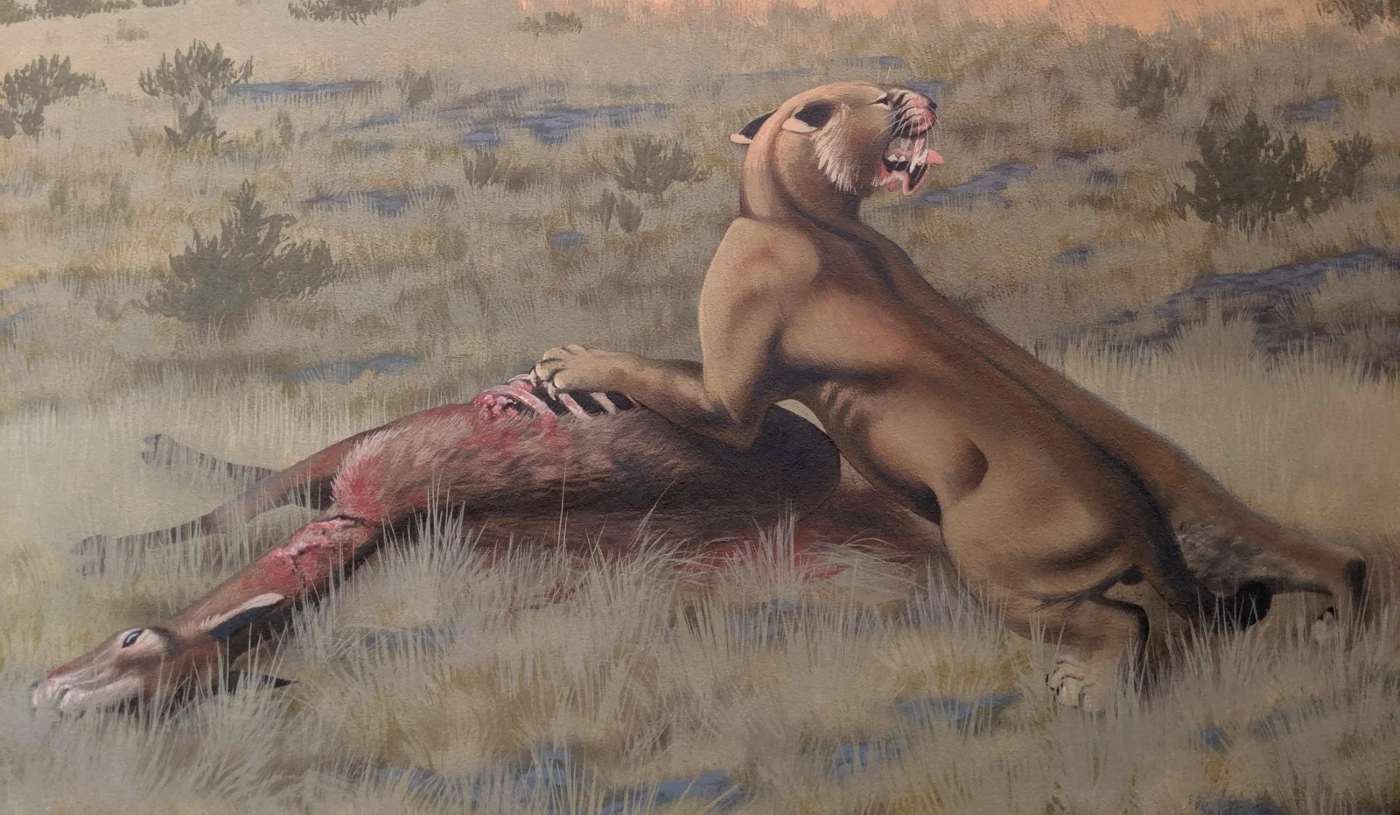Ancient Chicken Laid An Egg That Lasted 1,000 Years Without Being Broken
In Israel, a 1000-year-old chicken egg has been found—and it's still preserved and unbroken, fascinating archaeologists.

The last 10 or 15 million years have given us some truly mega mammals, like mammoths, bears, cats, rhinos, and deer that were all much larger than their modern relatives.
Now a new species of saber-toothed cat has been described by paleontologists who found the ancient cat's humerus bone among North American museum collections.
It turns out there is not one, but perhaps several other saber-toothed feline genetic branches, and Machairodus lahayishupup would have been one of the largest felines to ever prowl the Earth.
An analysis of the humerus, which forms a part of the front leg, showed it was 1.4x as big as the same bone found in an adult male lion. The scientists then calculated the body-mass to humerus-size ratio in different species of modern cats to estimate just how big M. lahayishupup was.
Depending on the species, smilodon, aka ‘the' saber-toothed cat, could weigh anywhere from 120 to 600 pounds. The newly identified cat by contrast could reach 900 pounds.
Scientists have dated the bones to place the animal's time on Earth to between 5 million and 9 million years ago, when it would have roamed the North American prairie devouring the largest game around, likely bison, but also forms of rhinoceros, and even the famous ground sloth, a colossus much bigger than any sloth species we would recognize today.
"We believe these were animals that were routinely taking down bison-sized animals," said paleontologist Jonathan Calede from Ohio State University. "This was by far the largest cat alive at that time."
Another paleontologist notes how surprising it was that all these specimens were collecting dust in museums around western North America. They have forearm bones, and some small teeth, but without cranial fragments or the famous saber-like teeth themselves, it would be difficult to prove beyond doubt how large they really were, and how large their prey species were.
Calde told his university press that it's "an interesting paleontological question."
"It's been known that there were giant cats in Europe, Asia, and Africa, and now we have our own giant saber-toothed cat in North America during this period as well," he said.
"There's a very interesting pattern of either repeated independent evolution on every continent of this giant body size in what remains a pretty hyperspecialized way of hunting, or we have this ancestral giant saber-toothed cat that dispersed to all of those continents."
SHARE This Giant Find With Pals on Social Media…
Be the first to comment